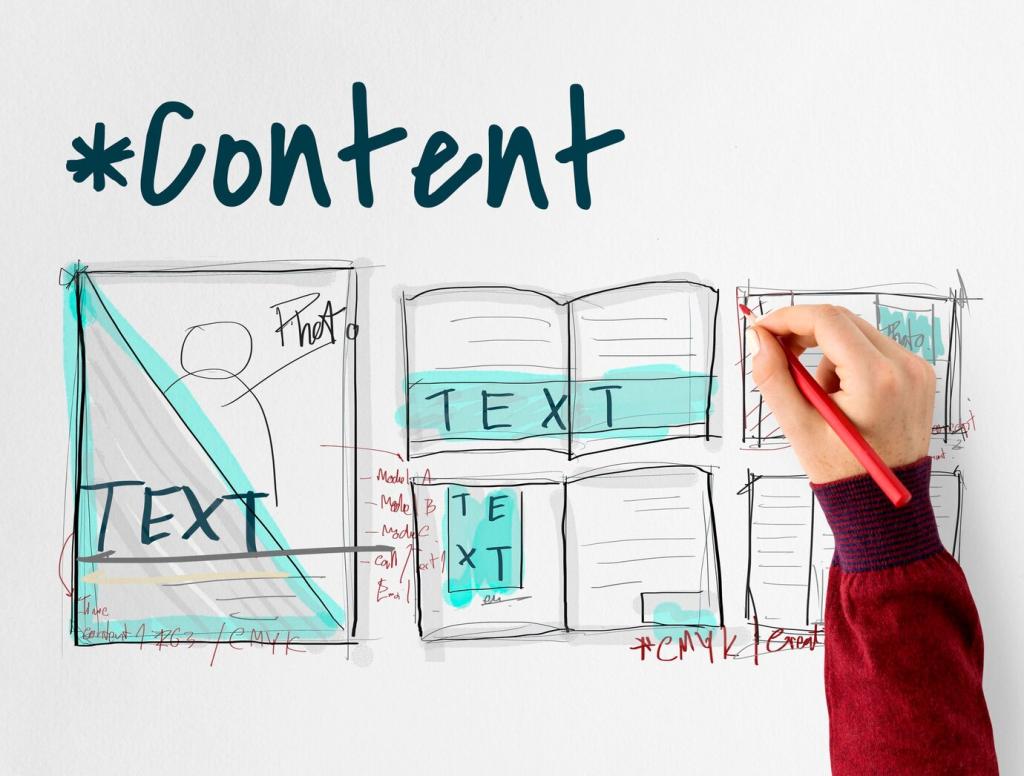Headlines That Hang Straight
Swap generic labels for lived results. Instead of “10 Bedroom Ideas,” try “Sleep Deeper: 10 Bedroom Tweaks That Quiet Visual Noise.” Outcomes promise transformation, aligning your copy with the reader’s day, not just their décor.
Headlines That Hang Straight
Anchor headlines with details: square footage, light direction, family size, or palette. “Calm a North-Facing Studio: 7 Warmth Layers That Don’t Fight Your Windows” beats a vague list. Specificity signals expertise and sets reader expectations.










